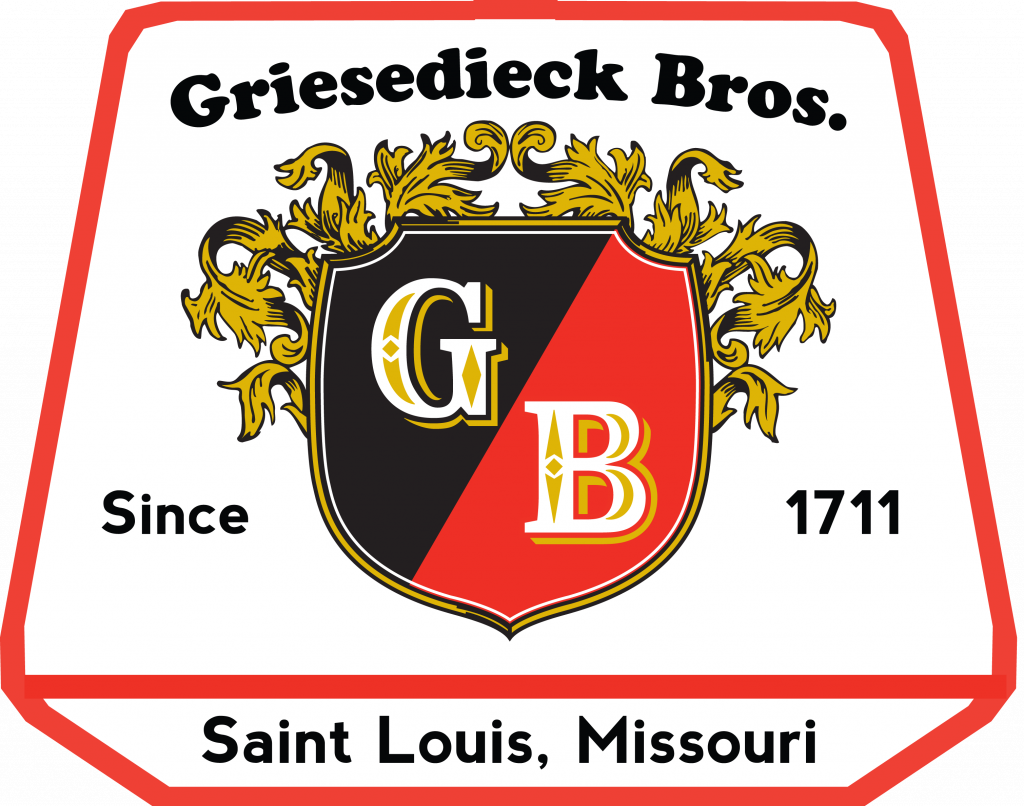300+ Years of Brewing Legacy
1711
Johann Heinrich Griesedieck brews his first batches of beer in the town of Oelde-Stromberg, Westphalia. Westphalia would become part of the Prussian Empire, which later became Germany.
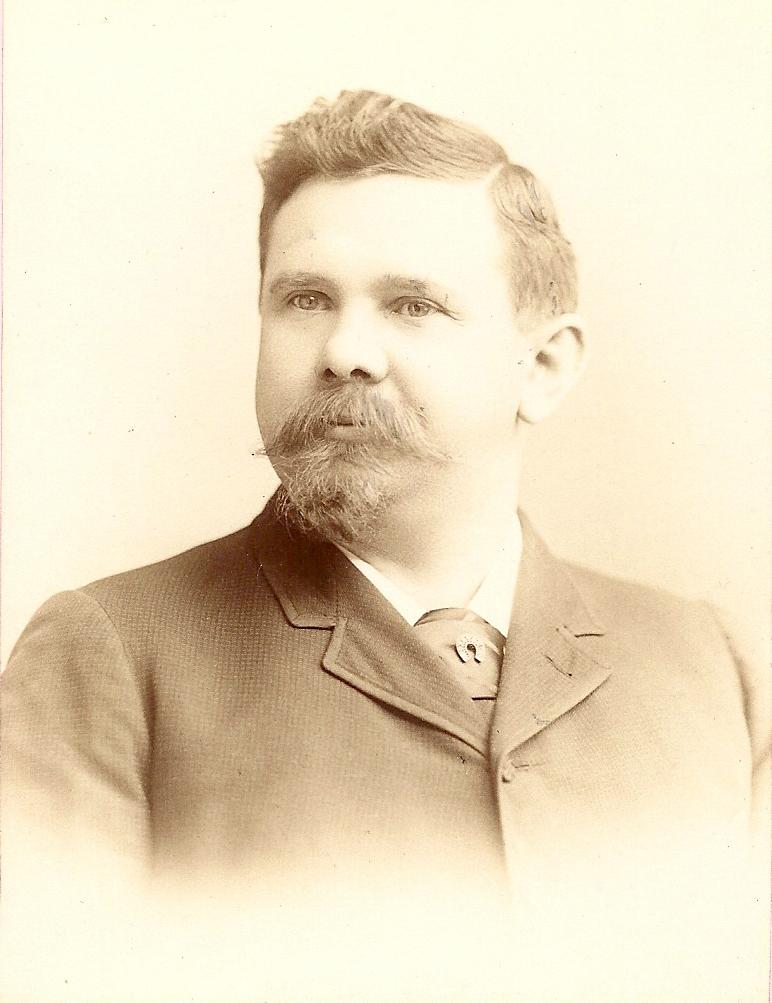
1870

1911
The Original Griesedieck Brothers was created as a response to the increasing popularity of conglomerates in the early 1900s. The latest wave on consolidation had occurred with the Independent Breweries Company (IBC), with Henry Griesedieck Jr. as company president from 1907 to 1911. Having a natural distaste for big breweries, and wanting his sons to have a brewery, Henry Griesedieck Jr. split from the IBC in December 1911. He created Griesedieck Brothers brewery for his five sons – Anton, Henry, Raymond, Robert, and Edward – and named his son Anton as company president.
The Griesedieck Brothers purchased the Consumers Brewery at 1920 Shenandoah and set about rehabilitating their new brewery. From 1911 until Prohibition, the Griesedieck Brothers brewery consistently updated and expanded their brewery. Although the brewery closed down during Prohibition, the Griesedieck Brothers were able to grow their sales to become the best selling beer in the St. Louis beer market.

1933
The Original Griesedieck Brothers
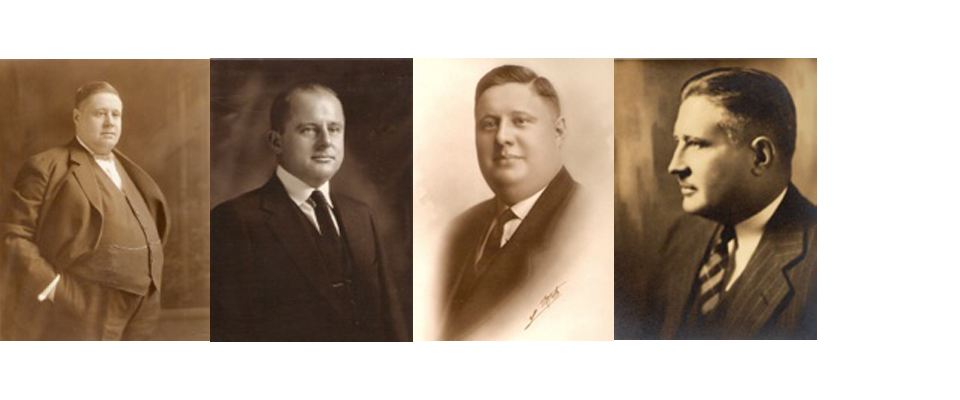

1941
The brewery had expanded to 400,000 barrels per year, and by then Griesedieck Brothers was the first in St. Louis to utilize the Crowntainer can. The brewery also started to use the phrase “Double Mellow” on its packaging. The Griesediecks hired young brewmaster Edward Vogel, Jr. Youngest brother, Edward Griesedieck, ended up taking over after his brother, Robert, died in 1942.
The 1940s was a decade of continued expansion for the Griesedieck Brothers brewery. The brewery captured the radio sponsorship rights for St. Louis Cardinals baseball games and St. Louis University basketball. The Griesediecks gave young Harry Caray his start as an announcer, and he would encourage listeners to drink GB during games – broadcasted over a 90+ station, 10 state Griesedieck Brothers – Cardinal Baseball Network.
By 1950, the brewery produced nearly one million barrels of beer, and one could find GB beer in 12 states in the Midwest. Griesedieck Brothers also stepped up on advertising to black consumers, seeing increased sales in markets such as East St. Louis, Illinois, and Memphis Tennessee.
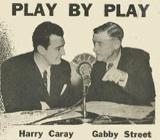
1952
Griesedieck Brothers saw its high point in the early 1950s, with booming sales and 20 hour production days. The Griesedieck plant was one of the most modern and efficient breweries in the country.
For the past decade, Griesedieck Brothers had focused its advertising efforts through the St. Louis Cardinals radio network. When the team was put up for sale in 1952 by Fred Saigh, the Griesediecks had the first right of refusal. St. Louis Browns owner, Bill Veeck, had wanted to run the Cardinals out of town, making the purchase of a baseball team without a stadium unpractical.
1953
February 23 - Cross-town Anheuser-Busch purchased the team, saving the team from moving out-of-town. Later this same year, Bill Veeck of th eSt. Louis Browns sold Sportsman's Park to Anheuser-Busch for $800,000. This was the initial chess move that allowed Anheuser-Busch to increase its local marketshare. During the next two years, Anheuser-Busch required Griesedieck Brothers to relinquish all television and radio advertising for the Cardinals - and ultimately its sponsorship - to Anheuser-Busch, thus eliminating the Griesediecks’ primary form of advertising.
October 1 - Most of the national breweries had recently suffered labor strikes that cut into the supplies from national brewers. The breweries in turn, granted their employees a wage increase. The national brewers raised their wholesale prices to offset these losses; regional brewers benefitted from keeping their prices lower. Falstaff, Griesedieck Western, and Griesedieck Brothers maintained their pre-October price of $2.35 per standard case.
November - The Griesediecks introduced limited release flat-top cans, available in multiple colors. This “Jubilee Series” was exclusively available during the winter holidays.
1954
Jan 4 - Cross-town rival Anheuser-Busch lowered its St. Louis pricing on Budweiser and Michelob. They did so again Jun 21, 1954 to meet pricing - which had not be raised - with Falstaff, Griesedieck Western, and Griesedieck Brothers.
Anheuser-Busch wanted to produce a popular priced beer, but was running at capacity at its Soulard facility. Anheuser-Busch president, August Busch Jr. (Gussie Busch), made an offer to purchase Griesedieck Brothers to brew Busch Bavarian. Griesedieck Brothers declined this offer. Another offer was made for Anheuser-Busch and Falstaff to co-purchase the brewery. This offer was also declined.
October - the price war had changed the St. Louis market. Local sales of Budweiser rose 201.5%, Falstaff dropped slightly, Griesedieck Western fell 33%, GB fell 41%. At this point, the ownership of Griesedieck Western sold to Carling, which would gradually encourage drinkers to switch their beverage of choice from Stag to Black Label.
Having also lost their primary form of advertising, the Griesedieck Brothers Brewery changed direction and opened a hospitality house designed like a 17th century tavern – called Stein Hall – to maintain good relations with the local community.
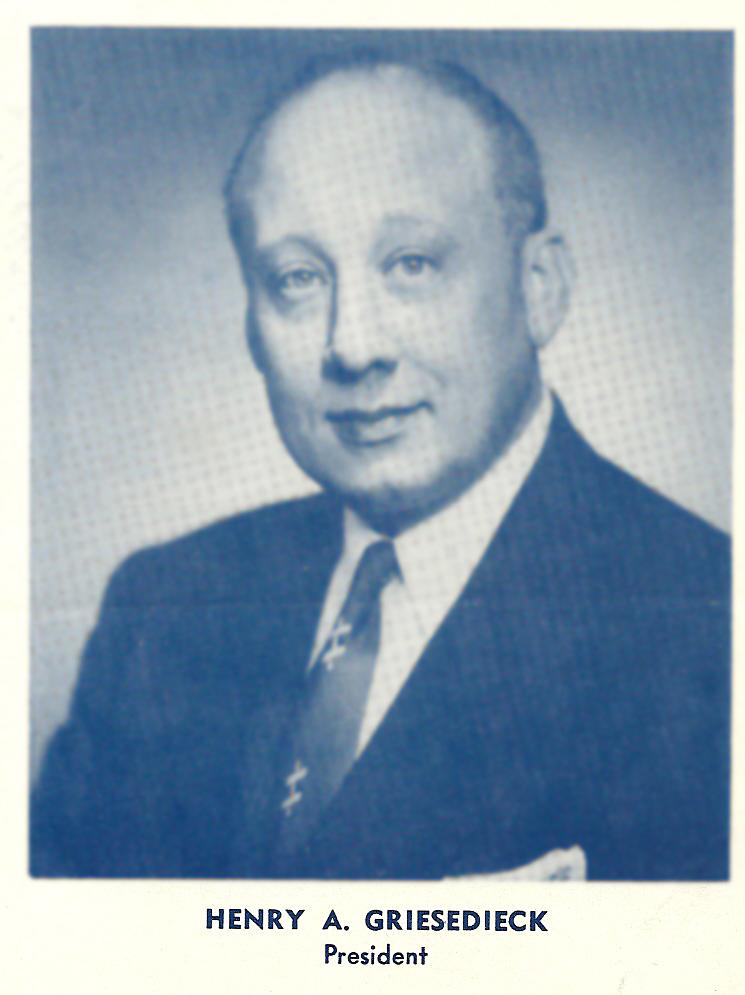
1955
March 7 - The last living brother, Edward Griesedieck, passed away. He was succeeded by his nephew Henry A. Griesedieck as President, and his son, Edward, Jr. as Executive Vice President.
Shortly after Ed, Sr.'s passing, the local trade war ended and the local breweries raised prices. Even though Griesedieck Brothers Brewery still had great regional distribution, the local trade war cut into half of the brewery's St. Louis sales.
During this time of transition, Anheuser-Busch hired away Griesedieck brewmaster Edward Vogel Jr. to produce Busch Bavarian. This cheaper-selling brand cut heavily into sales of GB.
1957
1970
Although G/B was no more, the St. Louis brewing scene remained vibrant. The Griesedieck family continued to operate the brewery at 1920 Shenandoah with the Falstaff Brewing Corporation. In fact, the Number One sales position had passed from Griesedieck Brothers to Falstaff, followed by Busch, Bud, and Schlitz.
By the 1970s, though, Falstaff found itself in a costly anti-trust suit with the State of Rhode Island, and the Griesediecks ultimately sold their shares in Falstaff to brewing magnate, Paul Kalmanovitz.
The Griesedieck Brothers Brewery, which had been in continuous operation, one way or another, since 1850, ultimately closed its doors in 1977.
1992
Raymond A. Griesedieck, son of last President Henry A., reincorporates the Griesedieck Brothers Brewery Company.
2002
Raymond A. Griesedieck, with additional relatives as business partners, relaunches the Griesedieck Bros. brand with Golden Pilsener.

2010
Raymond A. Griesedieck buys remaining shares from his cousins and becomes sole owner of the brewery.
2014
Griesedieck Brothers Brewery purchases its current location at 1240 Switzer Ave in the Baden Neighborhood of North St. Louis City.
2019
After two years of planning, Griesedieck Brothers Brewery launches its brewery in December, with additional styles focusing on pre-Prohibition recipes once brewed by Anton A. Griesedieck using traditional ingredients.
